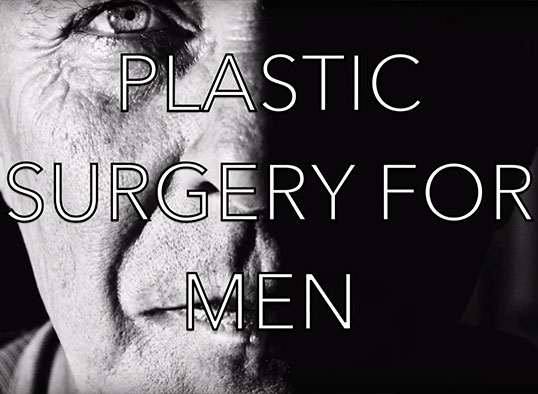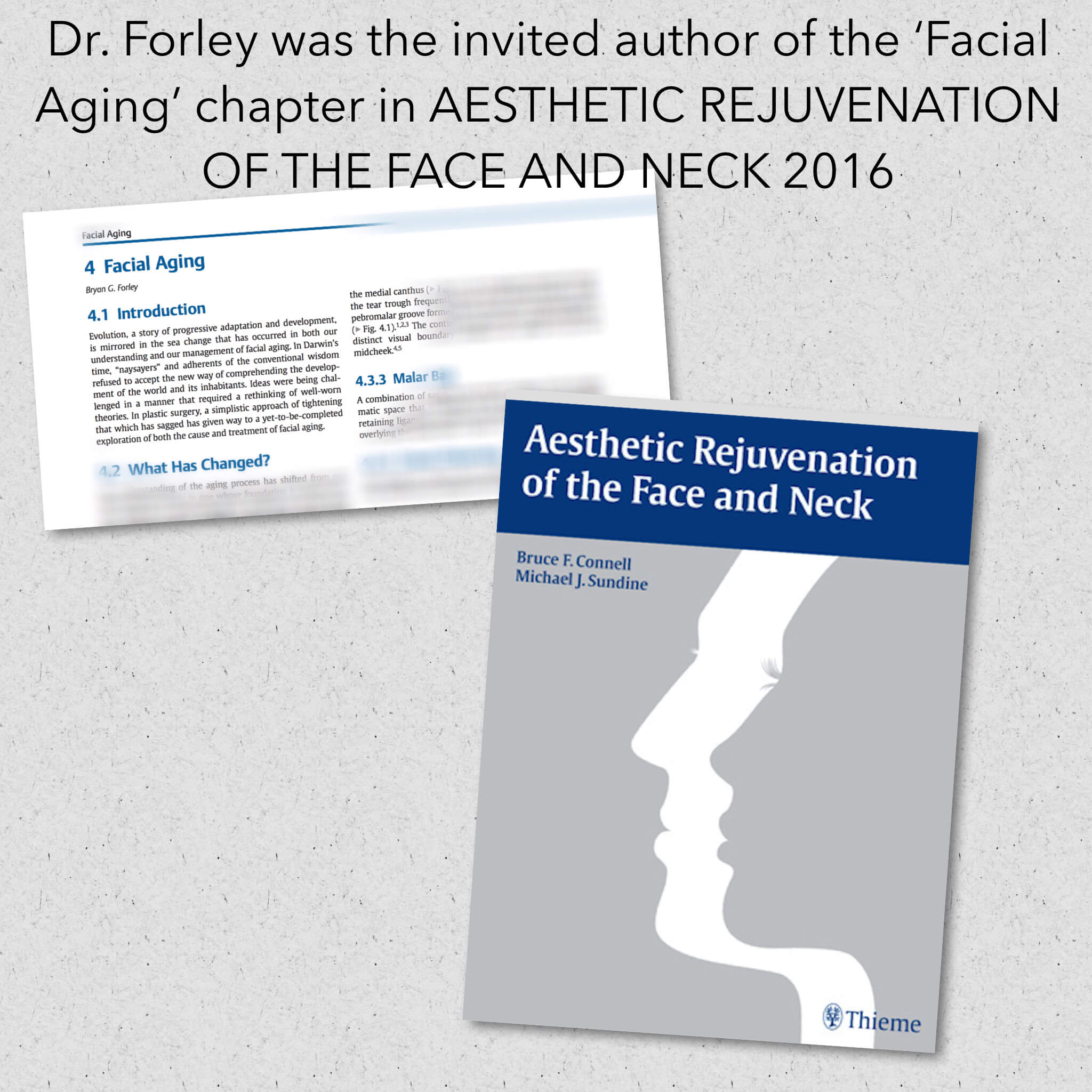Before & After Photos
Videos
In the Media
Blogs
Excessively large male breasts, known as gynecomastia, can produce a feeling of self-consciousness about body image that can inhibit lifestyle choices and daily activities. In most cases, the glandular and fatty tissue enlargement of the male breasts begins during puberty. It is usually a benign condition but can be associated with hormonal abnormalities that may need additional evaluation.
Dr. Forley’s procedures improve the problem of excess breast size by:

Most patients experience a dramatic improvement in their appearance soon after gynecomastia surgery. They can often participate in many activities that they were either unable or unwilling to do before the procedure and feel more comfortable in clothing.
Dr. Forley, listed annually in the Super Doctor Guide to the Top New York City Physicians, performs gynecomastia procedures that achieve natural and masculine-appearing results.
November 13th, 2011
Read MoreSeptember 12th, 2011
Read More
You should consider gynecomastia surgery if:
During your male breast reduction consultation at our New York fully-accredited office, Dr. Forley will ask about your medical history and any hormonal conditions that may be affecting you. After an examination of your chest, the options for reducing the size of your breasts will be discussed. The indications for liposuction alone versus an open procedure, via an incision at the lower edge of your areola to remove glandular tissue, will be reviewed. He will show you before and after photos so that you can get a realistic idea of what can be achieved with gynecomastia surgery. Go back
An appointment for your pre-operative visit will be scheduled 2 weeks prior to your surgery date. Instructions for you to follow before and after surgery will be discussed. The procedure will be reviewed in detail and you will have an opportunity to ask any questions. Routine blood tests will be obtained in preparation for your surgery and if indicated, an evaluation by an endocrinologist will be requested. A program of vitamins and supplements to optimize your healing and recovery will be provided to you. Photographs will be taken and kept strictly confidential. Go back
In some cases, liposuction alone may be sufficient to improve the prominence of the breasts. In patients where there is a significant glandular component to the breasts, an open procedure may be indicated. Prior to your surgery, Dr. Forley will make several measurements and mark specific areas of your chest. During the procedure, specially designed liposuction instrumentation is used to enable the removal of the fibrous-fatty tissue that is a major component of the enlarged male breast. The amount and location of removal depends on its distribution on the chest. Dr. Forley will spend time achieving the best symmetry and contour possible when removing this tissue.
In some cases, excess glandular breast tissue is removed using an incision at the lower edge of the areola border. These incisions produce scars but, in most cases, the scars are minimally apparent over time. Nerve sensation of the skin and nipple may be temporarily decreased during your recovery but some permanent loss of sensation is possible following the surgery. The skin will usually retract following the surgery. In rare cases, additional skin resection may be necessary or a radiofrequency energy device may be used to stimulate tightening of skin laxity. Go back
A drain may be placed to remove any oozing of blood immediately after surgery. This will be removed within a few days following which you will be able to shower. You will need to wear a compression vest for about 3-4 weeks after surgery.
All of your incisions will be carefully closed with stitches placed beneath the skin so that they do not have to be removed—they simply dissolve.
Following gynecomastia procedures, most patients have very little pain, but rather experience nuisances such as tightness or fullness. You may have a moderate feeling of soreness for which we’ll prescribe medication. Most patients require medication for only 2-3 days. You may develop some bruising on the chest that will resolve in about a week.t. Go back
We encourage a return to full normal activity very rapidly. Just don’t do any type of strenuous exercise that would push your pulse over 100 for about two to three weeks. Any aerobic activity that increases your pulse over 100 could also increase your blood pressure and make you bleed. Go back
In most cases, incisions are placed at the lower edge of the areola. Since this is a point of color transition to the surrounding skin, the scar usually blends well and will be minimally apparent over time.
Skin rarely needs to be excised with gynecomastia surgery. It will usually contract on its own following the procedure. In some cases, the BodyTite subdermal radiofrequency device can be used to stimulate additional skin contraction should it be necessary.
Liposuction alone can be used to reduce the male breast when the primary contributor to the contour prominence is fat. If fibrous glandular tissue predominates, an open procedure is needed to achieve the best result.
Although most cases of gynecomastia are isolated to the male breast, there are hormone conditions that may be associated with enlargement of the breast. If Dr. Forley suspects a systemic problem, he will refer you to an endocrinologist for further evaluation prior to performing any surgical treatment.
The surgery is performed under a twilight sedation type of anesthesia in the Joint Commission accredited operating facility in the office. Any discomfort immediately after the procedure improves rapidly and the recovery period is well tolerated by most patients. A compression vest is used for 3-4 weeks to reduce swelling and support the healing process.
Limitations and risks associated with gynecomastia are few. Other risks common to all surgical procedures such as bleeding, infection, thickened scar tissue formation, and blood clots occur in a very small percentage of cases. We will give you more detailed information about these and other rare risks in our written information and encourage you to discuss any which concern you during your consultation. Go back
During your liposuction consultation, New York Times chosen, Dr. Forley will discuss body contouring alternatives for you to consider should you desire a non-surgical approach. These include radiofrequency or laser heat energy or controlled cooling to freeze fat cells. He believes that these techniques have a role for smaller problem areas but often require multiple treatment sessions with varying degrees of success. Go back


In most cases, incisions are placed at the lower edge of the areola. Since this is a point of color transition to the surrounding skin, the scar usually blends well and will be minimally apparent over time.
Skin rarely needs to be excised with gynecomastia surgery. It will usually contract on its own following the procedure. In some cases, the BodyTite subdermal radiofrequency device can be used to stimulate additional skin contraction should it be necessary.
Liposuction alone can be used to reduce the male breast when the primary contributor to the contour prominence is fat. If fibrous glandular tissue predominates, an open procedure is needed to achieve the best result.
Although most cases of gynecomastia are isolated to the male breast, there are hormone conditions that may be associated with enlargement of the breast. If Dr. Forley suspects a systemic problem, he will refer you to an endocrinologist for further evaluation prior to performing any surgical treatment.
The surgery is performed under a twilight sedation type of anesthesia in the Joint Commission accredited operating facility in the office. Any discomfort immediately after the procedure improves rapidly and the recovery period is well tolerated by most patients. A compression vest is used for 3-4 weeks to reduce swelling and support the healing process.